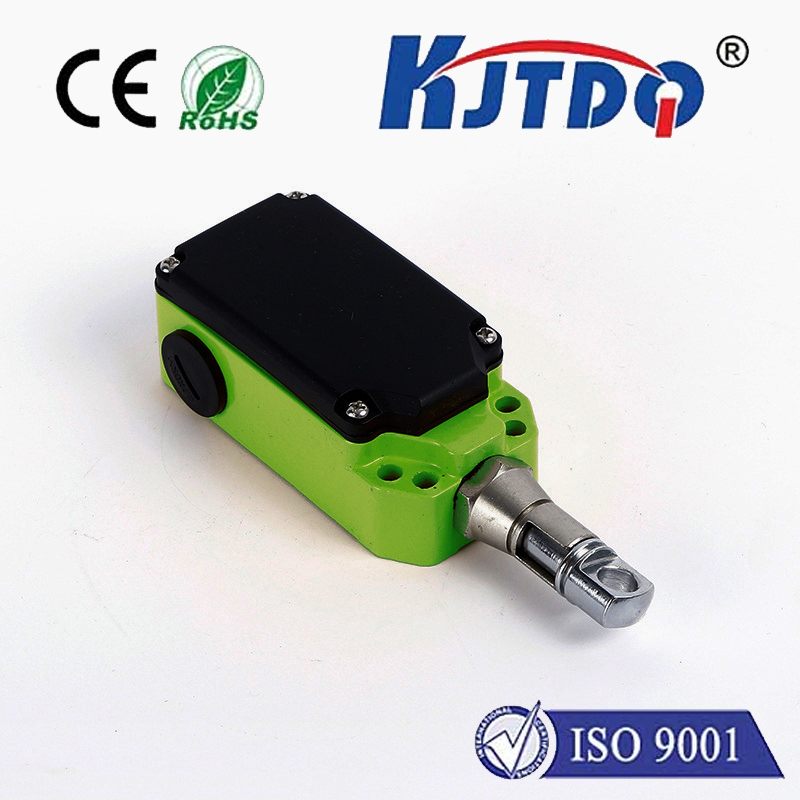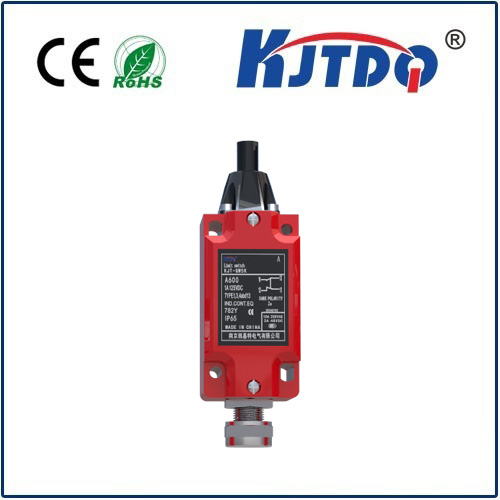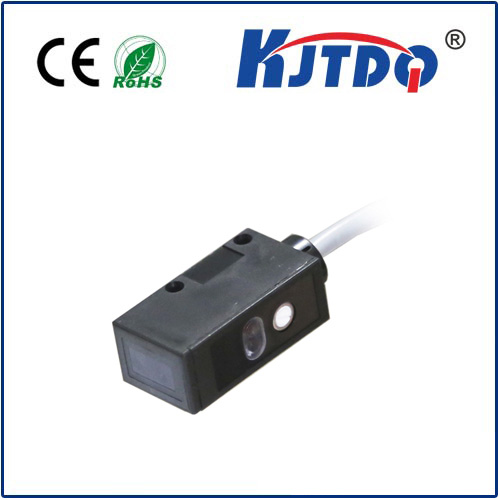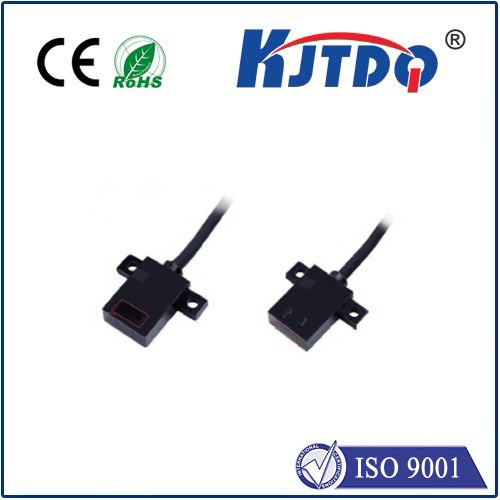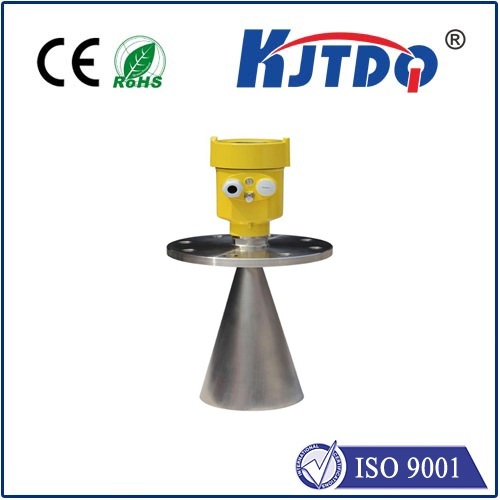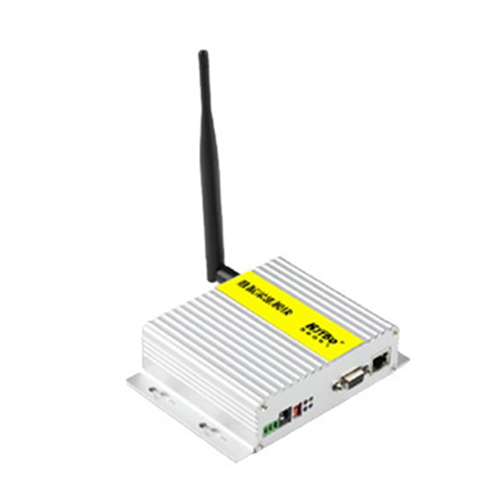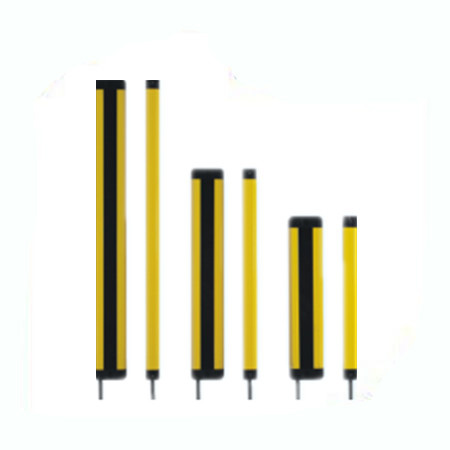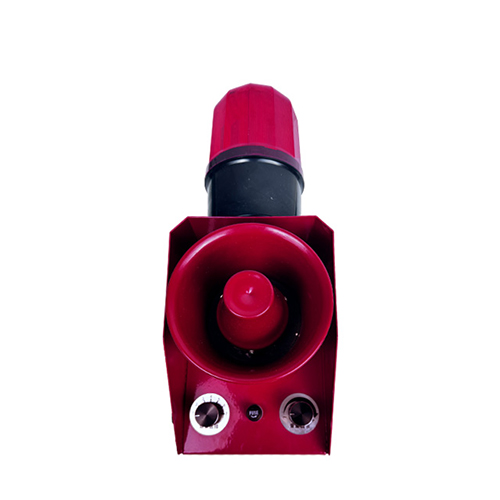fiber optic displacement sensor
- time:2025-08-13 14:31:47
- Click:0
Fiber Optic Displacement Sensors: Non-Contact Precision for Demanding Environments
Imagine measuring the microscopic vibration of a jet engine turbine blade spinning at thousands of RPM, the precise position of a cutting tool shaping a critical medical component, or the subtle deformation of a structure in a high-voltage environment. Traditional sensors often falter here – vulnerable to electromagnetic interference, temperature swings, or the simple impracticality of physical contact. This is the domain where fiber optic displacement sensors shine, offering unparalleled capabilities in challenging measurement scenarios.
Understanding the Core Technology
At their essence, fiber optic displacement sensors measure the linear movement or position of a target relative to a sensor probe, often with sub-micron resolution. They achieve this without physical contact, relying instead on the transmission and manipulation of light guided through optical fibers. This fundamental principle unlocks their greatest strengths: immunity to EMI/RFI, operation in extreme temperatures, inertness in explosive or corrosive atmospheres, small size, and the ability to measure very close to the target or within confined spaces.
How Light Measures Movement: Key Principles
Several optical techniques form the foundation of these sensors:

- Intensity Modulation: This simpler method measures changes in the amount of reflected light reaching a detector. The sensor probe transmits light towards the target. The intensity of the reflected light changes based on the distance to the target. While cost-effective and robust, its accuracy can be influenced by target reflectivity and surface conditions. Intensity-based sensors are widely used for proximity sensing and moderate precision tasks.
- Interferometry: This technique offers extremely high-resolution displacement measurement, often down to nanometers. It exploits the wave nature of light. The sensor splits a light beam into two paths: one travels to the target and back (measurement arm), while the other travels a reference path. When the beams recombine, they interfere. The resulting interference pattern shifts predictably as the target distance changes by fractions of a wavelength. Interferometric sensors are the gold standard for ultra-precise metrology but can be more complex and sensitive to environmental factors like air turbulence.
- Chromatic Confocal Sensing: This advanced method uses a broadband (white) light source. Different wavelengths within this spectrum focus at slightly different distances from the probe tip. The specific wavelength that focuses perfectly on the target’s surface is reflected dominantly back into the fiber. By analyzing the peak wavelength in the reflected spectrum using a spectrometer, the target’s absolute distance is determined precisely. This method provides exceptional immunity to surface tilt and material reflectivity variations compared to simple intensity modulation.
- Fiber Bragg Grating (FBG): While often associated with strain and temperature, FBGs can be configured for displacement sensing. An FBG is a periodic modulation of the refractive index within the fiber core, reflecting a specific wavelength. Movement applied to a structure holding the FBG (e.g., stretching or compression via a transduction mechanism) shifts this reflected wavelength, indirectly indicating displacement. They are excellent for embedded or distributed sensing within materials or structures.
Why Choose Fiber Optics? Compelling Advantages
The unique benefits of fiber optic displacement sensors drive their adoption:
- Electromagnetic Interference (EMI) Immunity: Optical signals are inherently unaffected by strong electric or magnetic fields, making these sensors ideal for environments near motors, generators, welding equipment, or MRI machines.
- Intrinsic Safety: The sensing element (fiber) is passive and carries very low optical power, eliminating spark risks. This is critical for applications in explosive atmospheres (Oil & Gas, chemical plants).
- High Sensitivity and Resolution: Capable of detecting nanometer-level displacements.
- Non-Contact Operation: Eliminates mechanical loading, wear, and potential damage to delicate targets. Enables high-speed and vibration measurements.
- Small Size and Flexibility: Miniature probe heads and flexible fibers allow measurements in very tight spaces and complex geometries inaccessible to bulkier sensors.
- Wide Temperature Range: Can operate from cryogenic temperatures up to several hundred degrees Celsius, depending on packaging, far exceeding electronic sensors’ limits.
- Corrosion Resistance: Glass fiber probes are highly resistant to harsh chemicals.
- Remote Sensing: The sensitive electronics (source, detector, processor) can be located meters or even kilometers away from the harsh measurement environment, connected only by optical fibers.
Where They Make a Difference: Diverse Applications
The capabilities of fiber optic displacement sensors solve challenging measurement problems across numerous industries:
- Industrial Automation & Manufacturing: Precision measurement of tool wear on CNC machines (critical for maintaining tolerances), vibration monitoring of motors and bearings for predictive maintenance, part positioning and alignment on assembly lines, thickness monitoring of films and coatings, surface profiling.
- Aerospace & Defense: Engine vibration analysis (blade tip clearance, shaft runout), structural health monitoring (wing flex, fuselage deformation), weapon system testing (high-g environments), composite material curing and health assessment.
- Energy: Vibration monitoring in turbines (gas, steam, hydro), generator air gap measurement, transformer core displacement, downhole applications in oil & gas (pressure, seismic).
- Research & Development: Material testing (strain/stress analysis), micro-positioning control in nanotechnology, wind tunnel testing, acoustic emission sensing.
- Medical Devices: Precision motion control in surgical robots, drug delivery systems, and diagnostic equipment where EMI from MRI must be avoided.
- Civil Engineering: Structural monitoring of bridges, dams, and buildings for deformation or settlement, often using distributed sensing concepts.
Selecting the Right Sensor: Considerations
Choosing the optimal fiber optic displacement sensor requires careful consideration:
- Required Range and Resolution: What is the total travel distance? What is the smallest increment of movement you need to detect?
- Target Properties: Is the target reflective? What material? Stable or variable surface (e.g., rotating)? How flat or smooth is it? Surface properties significantly impact intensity-based sensors.
- Environment: Temperature extremes? Presence of EMI? Risk of explosion? Humidity, chemicals, vacuum? This dictates sensor packaging and material choices.
- Physical Constraints: Size limitations for the probe? Distance to the signal conditioning unit? Need for multiplexing multiple sensors?
- Required Performance: Absolute or relative measurement? Tolerance to target tilt? Speed of response?
The Future is Bright: Miniaturization and Integration
Development in fiber optic displacement sensing continues actively. Key trends include:
- Miniaturization: Creating ever-smaller probe heads for micro-scale applications.
- Multiplexing: Efficiently connecting multiple sensors to a single interrogation unit for distributed sensing networks.
- Enhanced Signal Processing: Using algorithms to compensate for environmental effects and boost robustness/sensitivity.
- Integration with Other Sensing Modalities: Combining displacement with temperature, strain, or chemical sensing within a single fiber optic system.
- Cost Reduction: Making high-performance sensing more accessible for broader industrial use.
Conclusion (Omitted as per Request)
From the depths of oil wells to the vacuum of space, from the heart of roaring engines to the delicate world of nanofabrication, fiber optic displacement sensors provide the non-contact, high-precision measurement capabilities essential where other technologies fail. Their unique blend of EMI immunity, intrinsic safety, and exceptional resolution ensures they remain a vital tool for engineers and scientists pushing the boundaries of measurement in demanding environments. As the technology evolves towards greater miniaturization and integration, its reach and impact continue to grow












